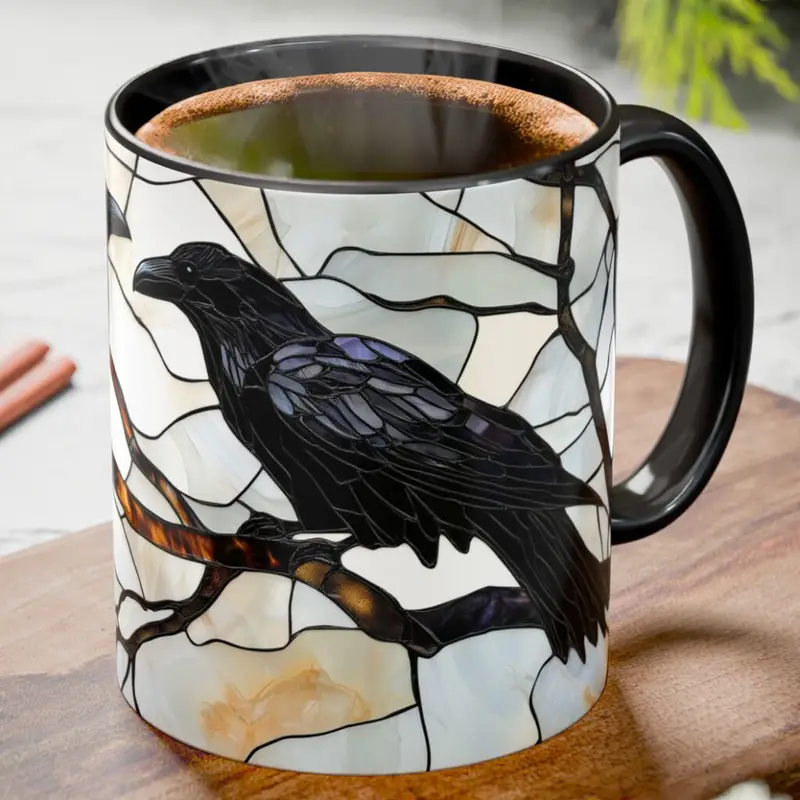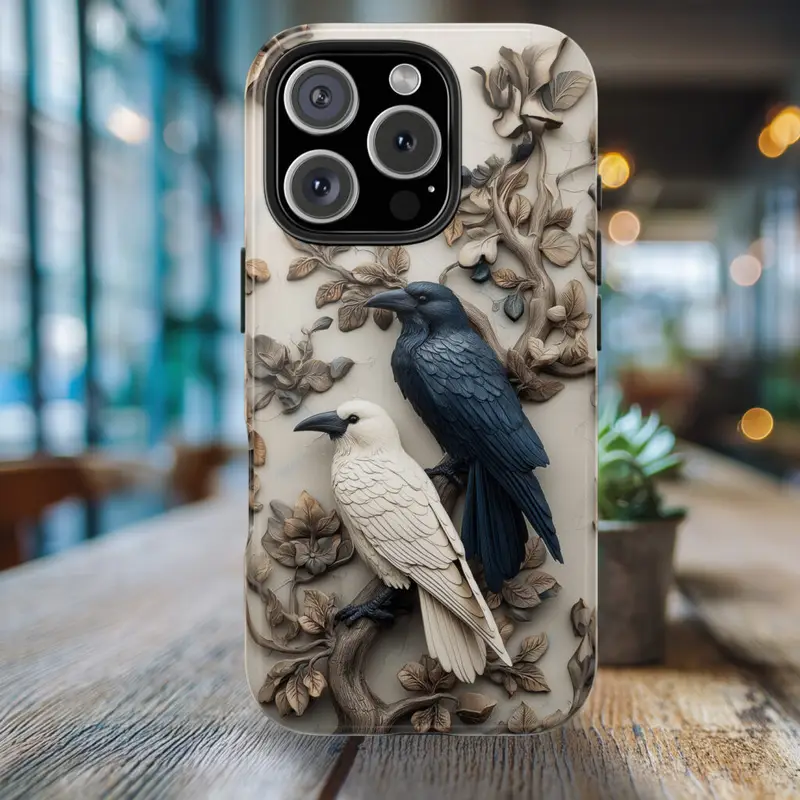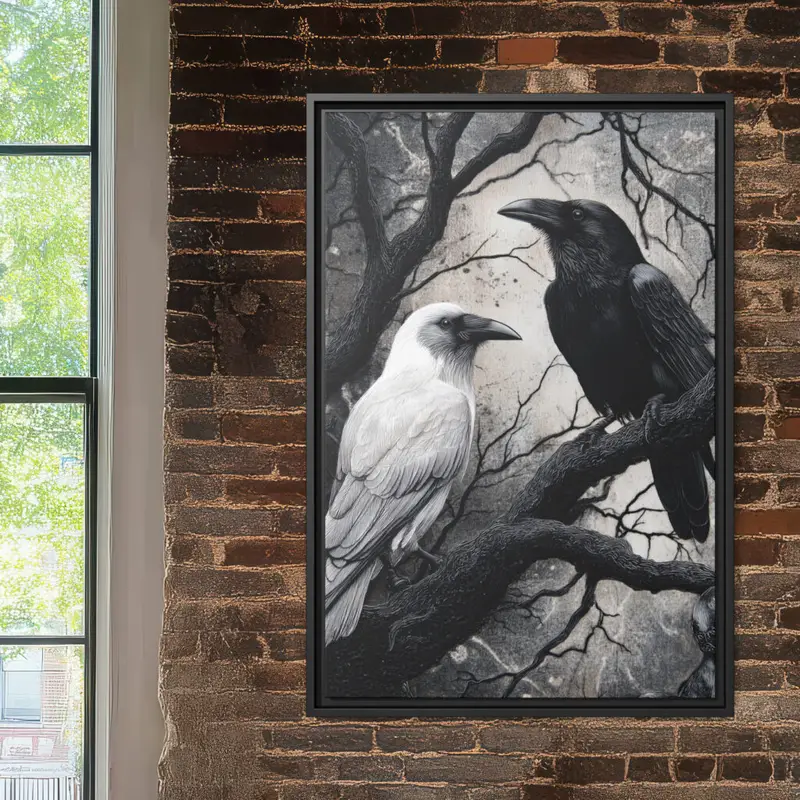Gothic Architecture: The Legacy of Detailed Buildings and Dark Aesthetic
Gothic architecture is more than just a relic of the medieval past it’s a timeless expression of complexity, emotion, and grandeur. Known for its dramatic forms, intricate details, and mysterious beauty, Gothic building design continues to inspire lovers of history, fantasy, and dark interior aesthetics. Whether you’re admiring old historical buildings or incorporating interior design gothic elements into your home, the influence of Gothic style is as powerful today as it was centuries ago.
What Is Gothic Architecture?
Gothic architecture first emerged in 12th century Europe and was primarily used in the construction of cathedrals, abbeys, and universities. What began as a revolutionary structural advancement quickly became a rich and symbolic style associated with spirituality, ambition, and artistry.
Gothic building design introduced innovations like pointed arches, ribbed vaults, flying buttresses, and tall stained glass windows. These changes not only allowed buildings to reach new heights literally, but also transformed stone structures into places of emotional resonance and visual storytelling.
Features of Old Gothic Buildings
Old gothic buildings are easy to spot once you know what to look for. They often include:
-
Tall spires and towers
-
Large stained glass windows with religious or mythological scenes
-
Gargoyles and grotesques carved into the stone
-
Elaborate doorways and window tracery
-
Dramatic verticality and light filled interiors
These structures, many of which still stand today, are some of the most detailed buildings in the world. Their craftsmanship reflects a deep reverence for form, function, and symbolism.
Gothic Style Castles and Cathedrals
From imposing cathedrals to romantic castles, gothic design spread across Europe and shaped the identity of countless cities. Some iconic examples of Gothic style castles and churches include:
-
Notre Dame de Paris – A textbook example of Gothic elegance, with its flying buttresses and iconic façade. Notre Dame Cathedral, severely damaged by fire in 2019, officially reopened to the public on December 8, 2024.
-
Cologne Cathedral – Known for its incredible vertical scale and ornate towers.
-
Castel del Monte, Italy – A unique blend of Gothic and geometric design.
-
Burg Eltz, Germany – A picturesque castle often featured in fantasy art and media, ideal for those inspired by the goth aesthetic.
These buildings weren’t just places of worship or defense, they were meant to awe, intimidate, and inspire.
Victorian Style Architecture and the Gothic Revival
In the 18th and 19th centuries, Gothic design saw a resurgence through the Gothic Revival movement, especially within Victorian style architecture. This period blended the elegance of Victorian refinement with the drama of Gothic forms. You’ll often see pointed arches, decorative ironwork, and steep gabled roofs in homes, public buildings, and even cemeteries from this era.
Victorian Gothic buildings emphasized both decoration and mood, qualities still celebrated in modern design inspired by the goth aesthetic.
Interior Design Gothic Style
The legacy of Gothic architecture isn’t confined to the exterior of old buildings. Many modern designers and enthusiasts are embracing interior design gothic concepts in their homes and creative spaces.
This style typically includes:
-
Deep, rich color palettes (black, burgundy, forest green, midnight blue)
-
Ornate woodwork and carved furniture
-
Dramatic drapery, tapestries, and candlelight
-
Arched mirrors and pointed decorative motifs
-
Elements that reflect medieval or Victorian charm
Whether you’re decorating a reading nook or designing an entire room, interior design gothic offers a powerful way to express mood, mystery, and individuality.
Why Gothic Design Still Matters
Gothic architecture continues to resonate because it combines structural brilliance with emotional depth. It embraces both shadow and light, offering a space where history, symbolism, and beauty intersect. Whether you’re visiting an old gothic building or decorating with stained glass raven mugs and medieval inspired artwork, you’re connecting with a centuries old artistic tradition that still speaks to the soul.
From towering cathedrals and gothic style castles to intricate Victorian homes and detailed interior spaces, this design language endures as a cornerstone of the goth aesthetic and dark romanticism.
Final Thoughts
Gothic building design isn’t just about old stone and spires, it’s about crafting spaces that evoke feeling, history, and imagination. Whether you’re wandering the halls of old historical buildings or bringing the aesthetic into your home with gothic-inspired decor, you’re part of a story that spans generations.
At RavenLibrary.com, we honor that legacy through art, decor, and design that channels the soul of gothic architecture rich in symbolism, mystery, and timeless beauty.
Black & Albino White Raven Crow Coffee Mug
Price range: $19.95 through $22.95Stained Glass Raven Crow Coffee Mug
Price range: $19.95 through $22.95Black and Albino White Ravens Phone Case
$27.99Black and Albino White Raven Wall Art
Price range: $12.95 through $109.95




